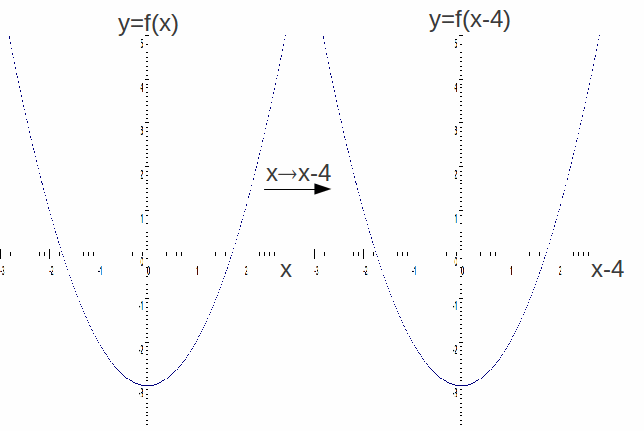Functions are labelled by letters – generally![]() though in fact any may be used, Greek letters too. Each function has an associated argument. The function is defined by what it does to the argument.
though in fact any may be used, Greek letters too. Each function has an associated argument. The function is defined by what it does to the argument.
The argument of![]() is
is![]() the argument of
the argument of![]() is
is![]() and the argument of
and the argument of![]() is
is![]() Not that it is not the action of the function on
Not that it is not the action of the function on![]() that defines the function, but the action of the function on the argument.
that defines the function, but the action of the function on the argument.
If![]() then
then![]() and
and![]() We can label all of these by
We can label all of these by![]() and it is understood that
and it is understood that![]() squares whatever is put into it. The graph of
squares whatever is put into it. The graph of![]() therefore is only well understood when the argument is
therefore is only well understood when the argument is![]() and we can associate with the function
and we can associate with the function![]() a set of points
a set of points![]() If the argument changes, the graph of
If the argument changes, the graph of![]() will change if the
will change if the![]() – axis remains the
– axis remains the![]() – axis, but we can change the labelling of the
– axis, but we can change the labelling of the![]() – axis in the same way to preserve the shape of the graph. Suppose that we change the argument of
– axis in the same way to preserve the shape of the graph. Suppose that we change the argument of![]() from
from![]() to
to![]() Keeping the
Keeping the![]() -axis unchanged would have the effect of moving the graph 4 to the right, but if we changing the labelling of the
-axis unchanged would have the effect of moving the graph 4 to the right, but if we changing the labelling of the![]() – axis from
– axis from![]() to
to![]() this is not necessary. This is shown below for the function
this is not necessary. This is shown below for the function![]()

Note that the function![]() squares the argument and subtracts 3, so
squares the argument and subtracts 3, so![]()
